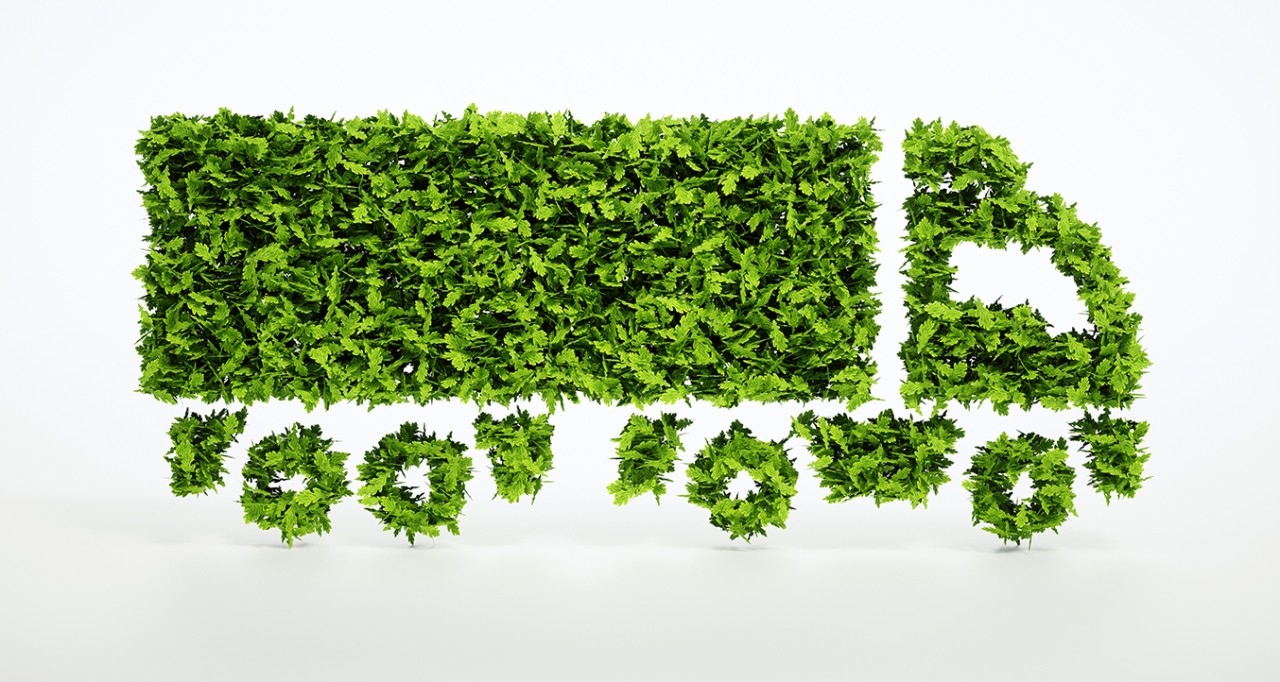
Green Construction Debate: Build New or Renovate?
Green construction — a practise focused on creating environmentally responsible and resource-efficient buildings — is gaining significant traction today.
Environmentally friendly construction practises involves using sustainable materials to enhance energy efficiency and reduce a building’s carbon footprint throughout its life cycle.
The growing importance of such efforts stems from the urgent need to address climate change, conserve natural resources and improve overall quality of life. As the world grapples with environmental challenges, green construction offers a viable solution to reduce the impact while promoting economic and social well-being.
What Is Green Construction?
Green construction refers to building designs, completions and operations that minimise ecological impact and enhance occupant health. Its primary goals are to reduce waste, pollution and environmental degradation, creating healthier spaces for humans. The processes mitigate the built environment's adverse effects by incorporating energy efficiency, reducing carbon footprints and utilising sustainable materials.
The worldwide benefits include reduced greenhouse gas emissions and conservation of natural resources. Economically, it leads to lower operating costs and increased property values. Socially, it fosters healthier living and working spaces to enhance overall well-being.
Essential concepts such as energy efficiency focus on minimising electricity use, while carbon footprint measures total greenhouse gas emissions. On the other hand, sustainable materials have minimal environmental impact throughout their lifecycle.
New Builds
Building new structures presents the potential for incorporating eco-conscious practises and materials. This opportunity allows architects and construction crew members to design buildings for maximum power efficiency from the ground up.
Advanced insulation techniques significantly reduce heat loss and gain to maintain comfortable indoor temperatures with less energy. Efficient lighting such as LED systems consumes less electricity while providing adequate illumination. It further reduces consumption and utility costs, making new constructions highly sustainable.
The ability to incorporate environmentally friendly building practises from the initial design phase ensures new buildings can meet stringent environmental regulations and adapt to evolving sustainability practises. This forward-thinking approach benefits the environment and offers economic advantages through reduced operational expenses and increased property values.
Renovating Existing Structures
Renovating existing structures offers the distinct advantage of preserving historical and cultural heritage. This approach allows communities to maintain their architectural identity and honour the craftsmanship of past eras, which often holds great value for residents and visitors. Such preservation efforts contribute to a sense of continuity and pride within communities, enhancing the cultural landscape while promoting sustainable development.
In addition to the cultural benefits, renovation often entails lower initial spending than new construction. Reusing existing structures can reduce expenses related to materials and labour, as the foundational elements are already in place. This cost efficiency makes renovation attractive for developers and property owners considering eco-conscious construction without the hefty price tag associated with new builds.
Further, builders can complete renovation in shorter timeframes to minimise disruptions and allow quicker occupancy. This economic advantage — with the preservation of cultural heritage — makes renovation compelling for sustainable development projects.
Challenges and Considerations
While new construction and renovation offer significant benefits, each approach has challenges and limitations. Understanding these factors is crucial for making informed decisions balancing sustainability, cost and practicality.
For New Construction
New construction often faces high initial spending and longer timelines, which can be hurdles for many projects. The financial outlay required for materials, labour and advanced technologies can be substantial, potentially limiting the feasibility of some developments. Additionally, the construction process itself can have a considerable environmental impact.
The industry is responsible for an estimated 37% of global emissions from electricity- and process-related applications. This number underscores the importance of sustainable practises. These concerns necessitate environmentally friendly construction practises to mitigate adverse effects.
Navigating zoning laws further complicates new construction projects. Compliance with local, state and federal regulations can be complex and time-consuming, often requiring extensive paperwork and coordination with various authorities.
These legal requirements ensure safety and eco-consciousness but can also delay project timelines and increase expenses. Builders must remain vigilant and proactive in addressing these regulatory challenges to ensure smooth project progression and adherence to environmental standards.
For Renovation
Renovating existing buildings involves addressing structural limitations that can pose significant challenges. Older structures may not meet modern codes or standards, which require extensive modifications to ensure safety and efficiency.
These constraints can limit the scope of renovations and necessitate creative solutions to integrate modern amenities. Additionally, there is the potential for higher maintenance prices, as older structures may require more frequent repairs and upkeep than newly built counterparts.
One of the significant ecological drawbacks of new construction is the excessive consumption of raw materials and the depletion of natural resources, which rank second to environmental pollution during the process. Renovating existing buildings helps mitigate this issue by reusing components, reducing the need for new resources.
However, balancing modern efficiency and historical integrity can be challenging. Renovations must respect the original architecture while incorporating contemporary technologies and practises to enhance power efficiency and sustainability. This delicate balance requires careful planning and thoughtful design.
Future Trends in Environmentally Friendly Construction
Emerging trends in green construction — such as adaptive reuse and modular construction — are reshaping the industry by enhancing sustainability and efficiency. For example, adaptive reuse involves repurposing existing structures for new functions to reduce waste and preserve historical elements.
Conversely, modular construction involves creating components off-site in controlled environments. This method saves time and offers a faster return on investment due to quicker project completion.
Moreover, innovations like energy-efficient building materials, smart building technologies and eco-conscious design practises can further influence the future of new builds and renovations. These factors drive the sector toward more responsible and cost-effective solutions.
Exploring Environmentally Friendly Construction for Sustainable Development
Considering new construction and renovation is crucial for sustainability, as each option offers unique benefits and challenges. Builders must think critically about their projects and determine the best approach to meet their sustainability goals and practical needs.
However, each has its elements that require decision-makers to weigh their choices carefully. New builds must contend with longer timelines and higher expenses, while renovations must preserve the structure’s history amidst modern upgrades. Close attention to detail is vital for ensuring these projects go off without a hitch.
Trending
-
1 How IoT is Revolutionizing Sustainability: A Brighter Future Beckons
Susanna Koelblin -
2 How The Water Treatment And Desalination Will Change The Environment For The Better
Daniel Hall -
3 How Intermediate Bulk Containers Enhance Environmental Sustainability
Daniel Hall -
4 Hybrid Cars and Their Key Benefits
Susanna Koelblin -
5 UK Faces Wettest July in Recent Memory
Daniel Hall





Comments